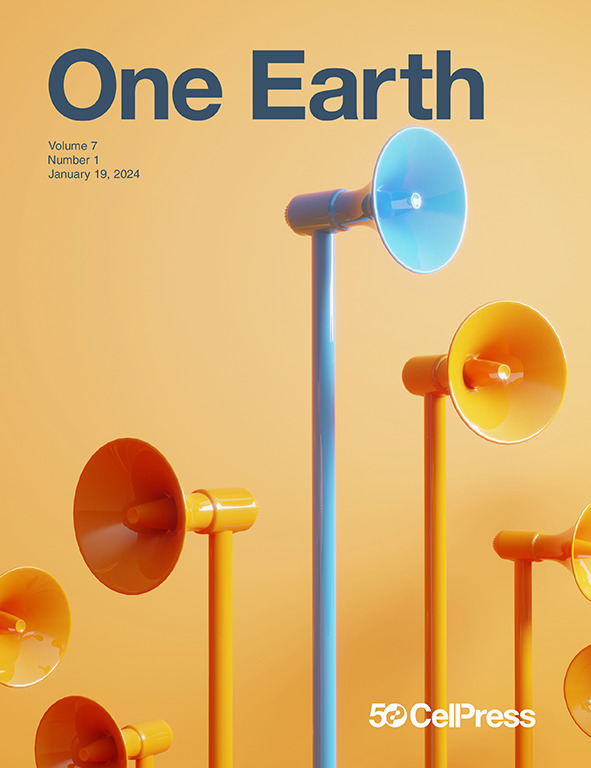韦恩-卡西欧问答:适应烟雾更浓的世界
IF 15.1
1区 环境科学与生态学
Q1 ENVIRONMENTAL SCIENCES
引用次数: 0
摘要
韦恩-卡西欧(Wayne Cascio)医学博士现任美国环境保护局(EPA)公共卫生与环境评估中心主任。在担任现职之前,卡西欧博士是一名医生和科学家,主要研究空气污染物对心脏健康的影响。在环保局,他带头努力帮助减少野火烟雾对公众健康的危害。卡西欧博士的观点仅代表其本人,不代表美国环保局的观点。本文章由计算机程序翻译,如有差异,请以英文原文为准。
Q&A with Wayne Cascio: Adapting to a smokier world
Dr. Wayne Cascio, M.D., serves as the director of the Center for Public Health and Environmental Assessment at the US Environmental Protection Agency (EPA). Prior to his current position, Dr. Cascio worked as a physician and scientist focusing on the impacts of air pollutants on heart health. At the EPA, he has spearheaded efforts to help reduce the public health risks of wildfire smoke. The views of Dr. Cascio are his only and do not necessarily reflect those of the EPA.
求助全文
通过发布文献求助,成功后即可免费获取论文全文。
去求助
来源期刊

One Earth
Environmental Science-Environmental Science (all)
CiteScore
18.90
自引率
1.90%
发文量
159
期刊介绍:
One Earth, Cell Press' flagship sustainability journal, serves as a platform for high-quality research and perspectives that contribute to a deeper understanding and resolution of contemporary sustainability challenges. With monthly thematic issues, the journal aims to bridge gaps between natural, social, and applied sciences, along with the humanities. One Earth fosters the cross-pollination of ideas, inspiring transformative research to address the complexities of sustainability.
 求助内容:
求助内容: 应助结果提醒方式:
应助结果提醒方式:


